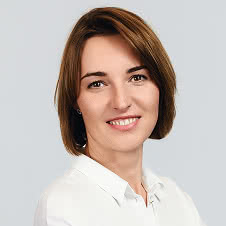The Most Common Diseases in Poland — Treatment Cost Analysis
Data on the prevalence and treatment costs of the most common diseases in Poland.

Case studies
Hume’s Institute conducted a two-stage study on remote contacts between medical representatives and healthcare professionals, commissioned by one of the global medical equipment manufacturers. The research was carried out among managers and staff from selected medical specialties in healthcare units.
PROJECT DETAILS
Client Expectations
The client wanted to understand the perspective of healthcare professionals on the digitalization of contacts, the use of remote communication channels across different collaboration dimensions, and preferences related to newer, technologically advanced remote solutions.
Project goal was to assess readiness and the level of acceptance for digitalizing interactions between medical equipment representatives and HCPs in Poland and Slovakia.
The study was conducted using mixed methods
PROJECT RESULTS
Effect
The collection of comprehensive and content-rich materials made it possible to deliver the client a report in 3 versions. These included a country comparison, segmentation, an index of acceptance for remote collaboration, as well as a detailed description of preferences and dependencies influencing how remote collaboration is perceived by representatives of public and private healthcare across multiple specializations.

Edyta Mazurek
Customer Success Manager